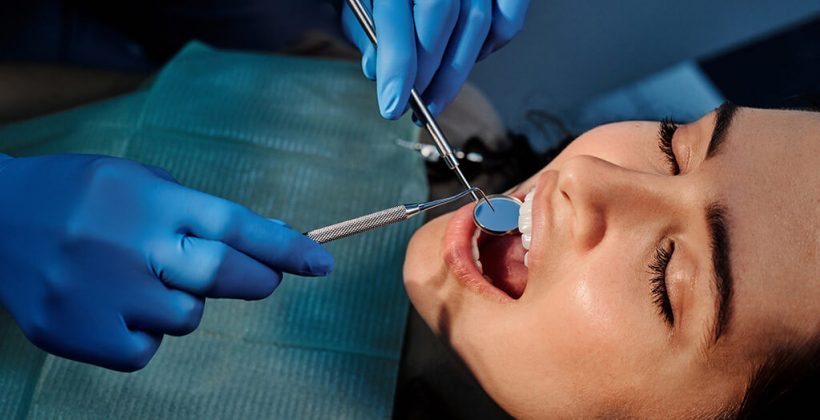
Root canal treatment is a treatment method used to repair and save infected or decayed teeth. During root canal treatment, the pulp and dental nerve, which is the soft tissue found in the natural cavity called root canal in the hard tissue of the tooth, is removed, the inside of the tooth is cleaned, and then the opened space is filled.
If tooth decay is not treated in a timely manner, the decay progresses deeper and causes inflammation of the nerves in the tooth. Inflammation of the dental nerves causes a person to experience severe toothache.
The tooth nerve removed from the tooth is not vital for dental health and function, but it prevents the person from suffering severe pain. It is a sensory nerve used only for the perception of heat and cold. If the treatment is not performed, abscesses may occur with the infection of the tissue surrounding the tooth.
Why is Root Canal Treatment Done?
The nerve or pulp of a tooth can be destroyed, inflamed, and infected by deep caries, a crack or fracture in the tooth, or facial trauma.
If a tooth’s nerve tissue or pulp is damaged, this tissue breaks down and bacteria around the tooth begin to multiply in the root canal.
These bacteria and other decayed debris can cause an infection or a dental abscess. An abscess is an inflamed sac and occurs when the infection spreads to the end of the root tips of the tooth. An abscess in the tooth causes severe pain in the person.
In addition to causing an infection in the root canal, an abscess can also cause swelling that can spread to the face, neck, or other areas of the head, bone loss around the root of the tooth, and drainage problems in the tooth and cheek.
The treatment of the abscessed tooth as soon as possible is very important for the person to continue their quality of life. With toothache, especially at night, the sleep quality of the person is affected and he may face problems such as distraction during the day.
The most common symptoms that occur in such cases are hot-cold sensitivity in the teeth, swelling, sharp pain during daily routines such as biting and chewing, gum pain, gum swelling or darkening of the gums.
